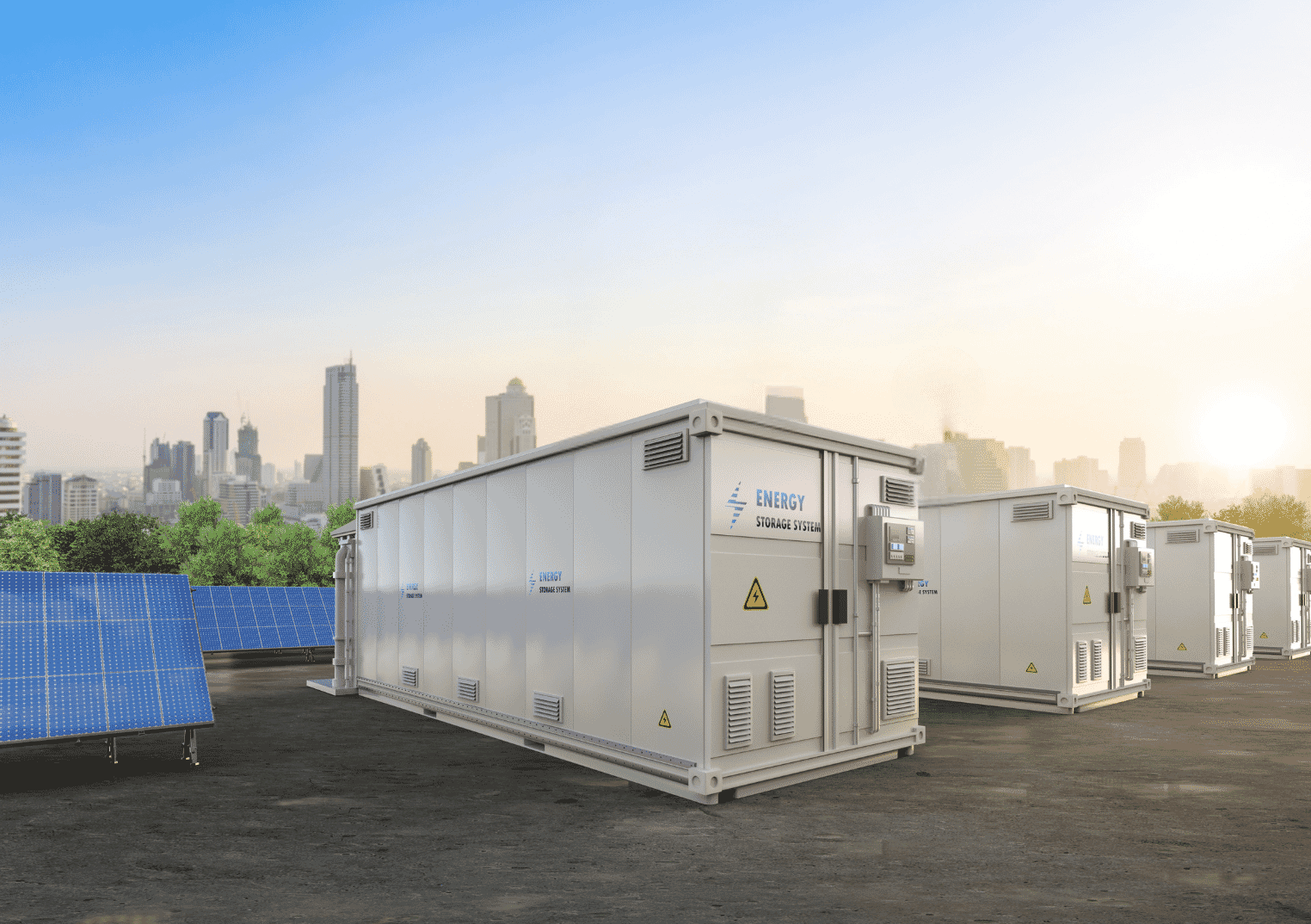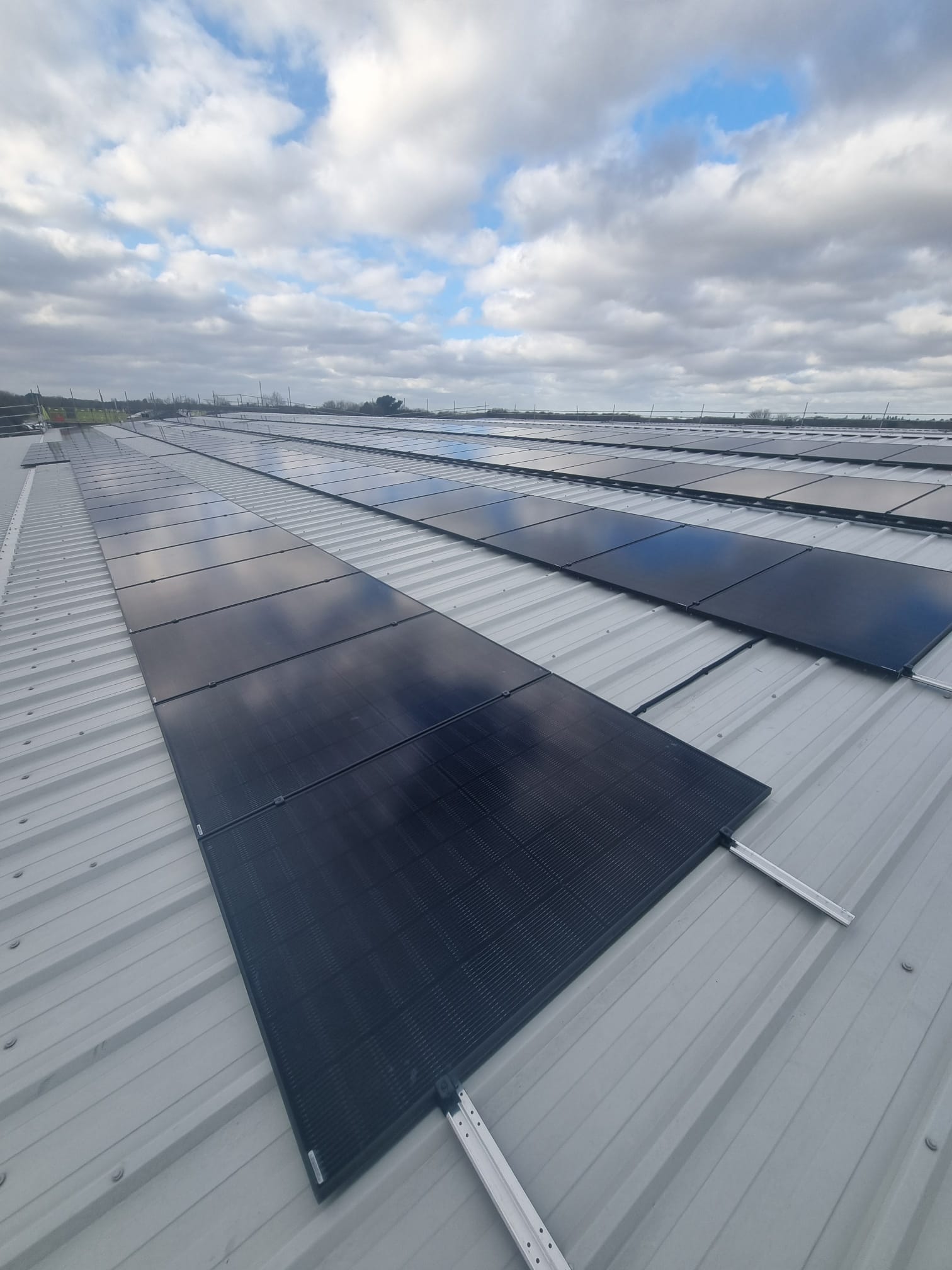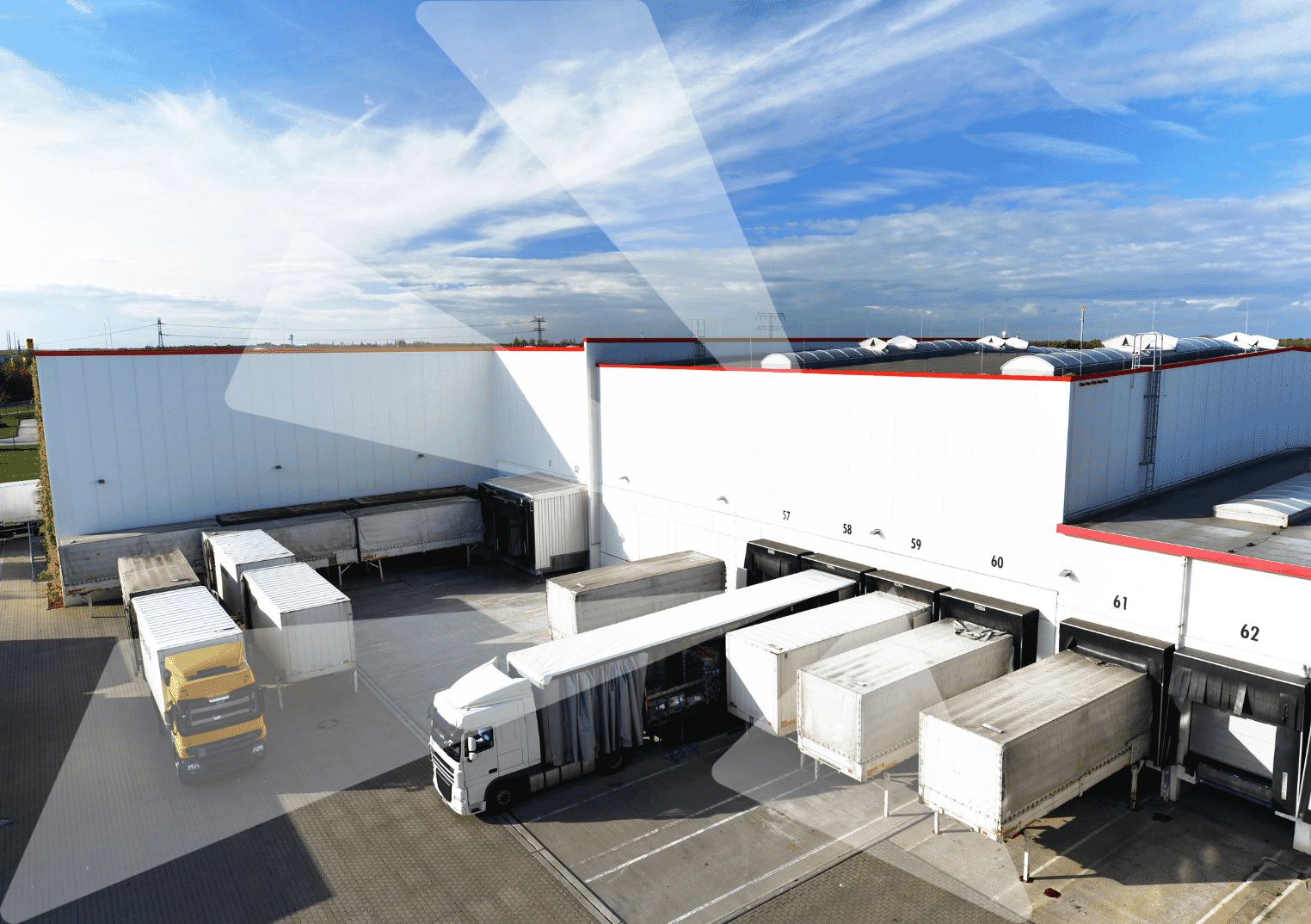Battery storage is a key part of the Government’s strategy to achieve a low carbon future. Its Clean Power 2030 action plan recognises the technology as pivotal to optimising the contribution of renewables to the UK’s growing demand for energy. For businesses, battery energy storage is integral to the successful adoption of onsite renewables. Here we consider the options for businesses as storage takes an increasingly vital role in securing a resilient and cost-effective energy future.
Battery storage set to transform business resilience
The commercial imperative for distributed energy
Distributed energy is already playing an increasingly important role in the decarbonisation of businesses and organisations as diverse as schools, shopping centres, sports stadia, warehouses and manufacturing sites. Driving adoption of onsite renewables is a desire to uncouple energy from fossil fuel sources, price volatility and risk, as well as the need to comply with decarbonisation targets and achieve ESG goals.
The projects that we have delivered span a wide variety of sectors and requirements. The good news is that rooftop solar energy can by deployed at pace, often within a matter of weeks of an agreement being signed and we are excited to see many of these projects becoming operational in 2025 and set to deliver immediate benefits.
While primary demand from businesses surrounds solar, we have also seen increasing demand for the battery storage solutions that bolster energy security in a renewable energy sector largely driven by intermittent sources. Many business customers are realising the benefits of installing a combined solar and battery storage solution that enables them to maximise their self-consumption of onsite green energy, as well as supporting energy security – for themselves and for the grid.
Why battery storage is a game changer
With battery storage, concerns about the intermittency of renewable energy generation is addressed directly. After all, batteries enable power to be stored and deployed precisely when needed. While the scale and size of batteries available for businesses does not allow complete independence from the grid, the capacity to store energy on site unlocks the potential for businesses to better manage the impact of time of use tariffs by deploying stored energy during peak price periods. Through prudent management, battery storage can help organisations to take full advantage of potential cost savings as well as reduce carbon.
Battery storage also enables greater energy resilience and security at a time when the grid is struggling to keep up with growing demand, and extreme weather events are increasing the risk of power outages. This is particularly important for data centres or industrial processes where around-the-clock availability of energy is essential and where back up through a combination of sources is needed to ensure security of supply.
Funding the future
Onsite renewables and battery storage go hand-in-hand when it comes to realising the full potential of distributed energy to reduce costs and increase energy security. The good news is that access to both is easier than ever.
Onsite generation technologies, such as solar and wind, are increasingly attractive to businesses thanks to innovative funding models via Power Purchase Agreements (PPAs). Rooftop solar for example, can be rapidly installed with no upfront costs, meaning businesses can achieve savings in a matter of weeks. Battery storage can be deployed simultaneously through the same PPA funding model – particularly important as businesses face rising prices and competition.
The commercial case for onsite batteries is also helped by new rules that enable flexibility from distributed energy resources to be traded in the wholesale market. P415 is a modification to the UK’s Balancing and Settlement Code (BSC) that enables onsite battery storage to participate more actively in the wholesale energy market via Virtual Trading Parties (VTPs) without the need for trades to go through the supplier with the potential to provide further savings. While the rules are still to be refined later this year, we will be exploring how this capability might benefit businesses with batteries and solar panels in the future.
As technology advances further, the cost of both renewables and battery storage is falling fast. In fact, the cost of battery energy storage has dropped by 50% over the past 12 to 18 months, significantly boosting the business case for combining battery storage with solar to reduce energy costs, reliance on the grid and exposure to price shocks, all whilst strengthening energy resilience.
Battery storage and renewable assets are subject to stringent safety regulations, and all require ongoing monitoring and maintenance throughout their lifetime. For AMPYR Distributed Energy, this involves working with selected battery manufacturers to ensure confidence in safety performance, as well as setting robust installation standards in line with best practice and insurance requirements. Ongoing monitoring and maintenance can be rolled into the PPA, delivering peace of mind, reinforcing safety and security compliance around assets, and ensuring all systems are operating at optimal performance.
The appetite for clean energy is not just underpinned by environmental concerns, it acknowledges the need to deliver greater energy security and independence. Ultimately, businesses that can take advantage of onsite renewables will be able to reduce energy costs and build greater energy resilience. More broadly, the deployment of onsite solar and storage will create an efficient, decentralised energy system that can help protect customers from periods of extreme volatility of the kind seen increasingly over recent years.
For more information about how we can help your business power its energy transition, contact us today.




